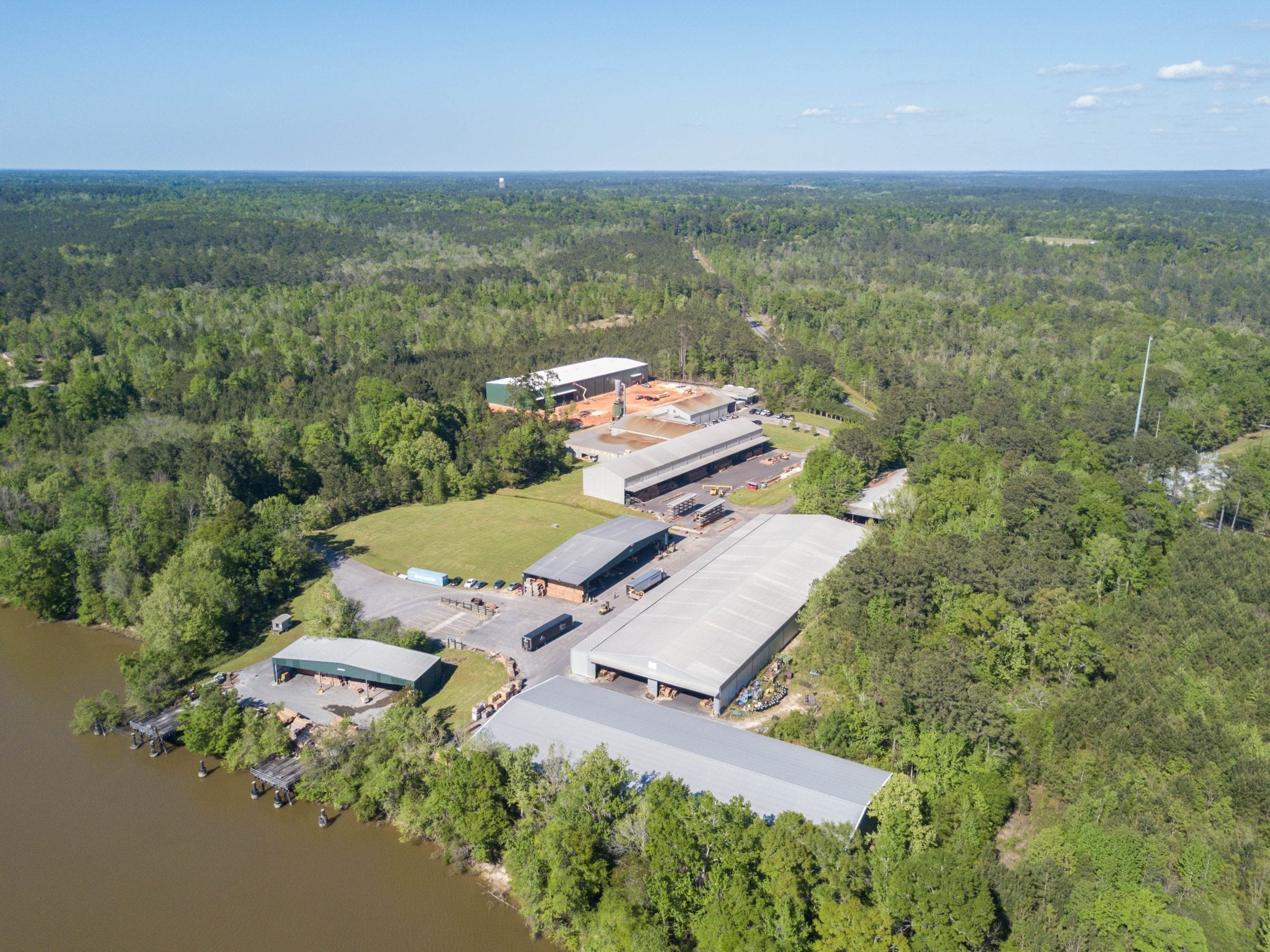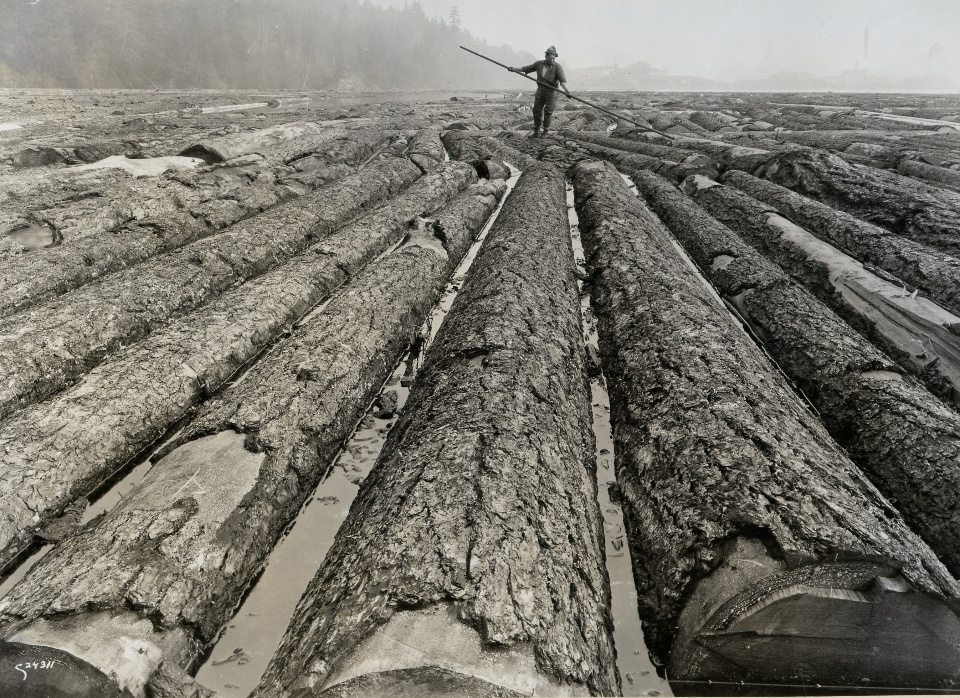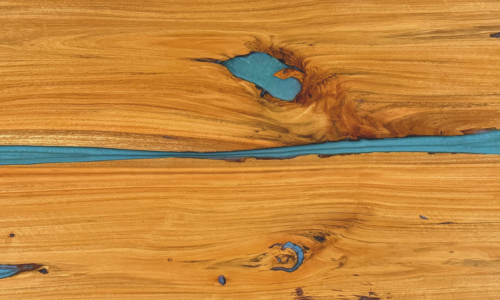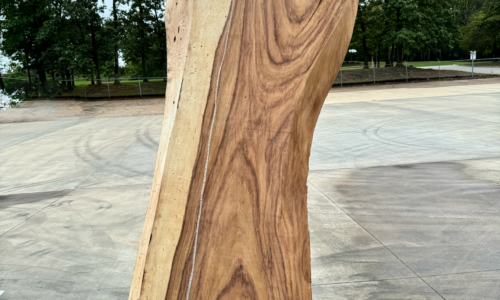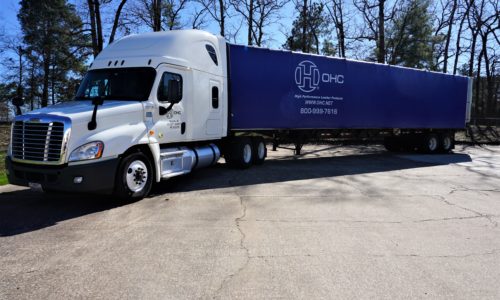In the 1800s and 1900s, loggers used the best technology of their time (axes and saws) to harvest Cypress trees from the swamps of Florida and the lower Mississippi Valley. The trees would then dry out for up to two years in order to become light enough to float down the river to the mill. However, an estimated 10-20% of all Cypress trees harvested at that time never made it to the mill, instead sinking into the mud and silt at the bottom of the river. These logs became known as “Sinker Cypress” or Sinker Deadhead Logs because they have sunk to the river’s bottom.
TODAY, SINKER CYPRESS IS HARVESTED FROM THESE RIVERS USING THE BEST TECHNOLOGY OF OUR TIME: SONAR AND OTHER LOCATING EQUIPMENT.
Once discovered, scuba divers swim down, attach cables to the logs, and use a winch or airbags to pull the logs to the surface. Once again, the logs need to be air-dried for up to two years before they are usable.
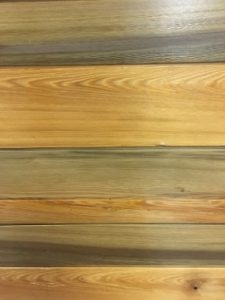
Sinker Cypress is also known for its beautiful grain variations, from honeyed browns to grays to olive greens, depending on where it came to rest in the river bottom. If the log landed in a sandy area, lighter tones developed, and a muddier river bottom results in a darker, more olive green tone. Over the century and a half that the logs have been immersed, they have taken on the tannins and minerals from their resting places. Besides a gorgeous tone and color, a naturally tight grain structure gives the wood an unrivaled allure.
Sinker Cypress is commonly used for interior and exterior siding and soffit, but can be used for anything from flooring to furniture. Its strength and attractiveness lends itself to a variety of applications.
ADDITIONALLY, AS A RECLAIMED WOOD, SINKER CYPRESS IS AN ECO-FRIENDLY PRODUCT, AND ARCHITECTS AND BUILDERS CAN EARN LEED POINTS BY USING IT.
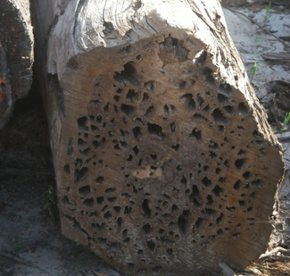 Pecky Sinker Cypress is an even rarer and more valuable type of Sinker Cypress. This highly sought-after wood has pockets and recesses in it that, when milled, show up as unique markings. Surprisingly, the recesses are caused by a fungus called “stereum taxodil” which only flourishes while the tree is alive, and dies off when the tree is cut down. The Pecky Cypress adds a distinctive beauty especially well-suited to a rustic look.
Pecky Sinker Cypress is an even rarer and more valuable type of Sinker Cypress. This highly sought-after wood has pockets and recesses in it that, when milled, show up as unique markings. Surprisingly, the recesses are caused by a fungus called “stereum taxodil” which only flourishes while the tree is alive, and dies off when the tree is cut down. The Pecky Cypress adds a distinctive beauty especially well-suited to a rustic look.
Sinker Cypress offers strength, durability, and a commanding, exquisite beauty, but its appeal doesn’t lie only in its good qualities. These qualities combined with a rich history of preservation at the bottom of ageless rivers, and a small impact on the planet make Sinker Cypress an unparalleled choice for any project.

